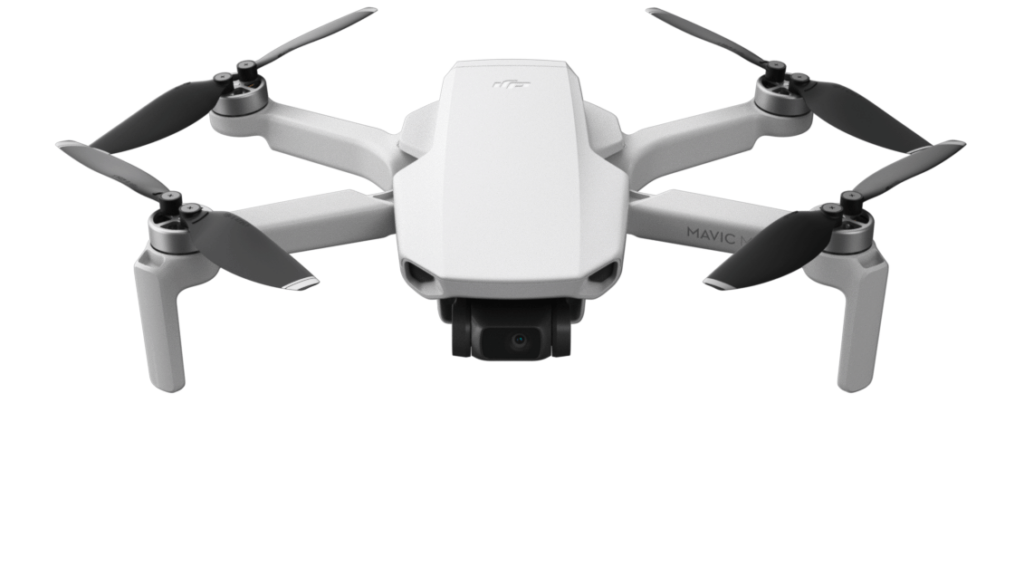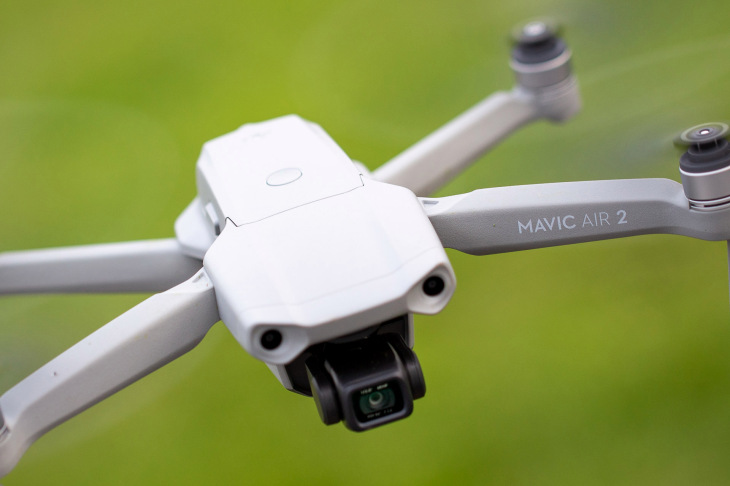DJI has publicly released two patents focusing on a new folding design regarding what seems to be a bi-copter with a new drone frame, possibly for a First Person View (FPV) or racing style drone.
First Person View (FPV) is a unique experience because it enables an operator/pilot to interact with the aircraft through a level of immersion that is unparalleled by anything less than virtual reality. This means the drone takes the pilot and transfers his visual consciousness into the body of a fast, agile, and precise flying machine. It enables the pilot to experience an awe inspiring view of the world around him.
There are about three different schools of FPV multirotor flying: racing, freestyle, and aerial photography. It is also possible to do more than one of these, or all three since each have their unique aspects.
According to the drawings, this aircraft looks like a rectangular shaped bi-copter with a triangular drone frame. ZeroZero Robotics released its bi-copter last year, with an impressive flight time of 50 minutes. This was most likely due to fewer motors needed for the drone to stay in the air. Shortly after its release, the drone community began to speculate whether DJI would join the bi-copter market. At this time, such speculation seems to have been correct.
The Patent
The patent reveals what seems to be a small rectangular block with rounded edges, equipped with two motors at the top and it is mounted onto rotating plates. These plates swivel to adjust the angle of thrust produced by the drone to compensate for the lack of four motors. There also seems to be a hole for the camera on the front of the drone, which some assume to mean that the drone will be more of a “selfie” drone that can quickly be released into the sky to capture a good angle.
It is also possible that the drone will be used for military operations, like a surveillance and reconnaissance drone, that can be deployed in the field. Some think this is less likely since DJI’s reputation suffered with data security, due to the U.S. government’s suggestion that its drones capture private data.
The following abstract gives us a picture of what kind of drone this is:
“Abstract: An unmanned aerial vehicle (UAV) includes a central body, a first arm and a second arm each attached to the central body and extending away from the central body, a first propulsion unit supported at a distal end of the first arm and a second propulsion unit supported at a distal end of the second arm, and one or more actuators configured to adjust an orientation of the first propulsion unit and an orientation of the second propulsion unit relative to the central body during flight of the UAV. The first arm and the second arm are configured to be reversibly folded against the central body. Each of the first propulsion unit and the second propulsion unit includes rotor blades configured to rotate to generate lift for the UAV, and a motor configured to drive the rotor blades.”*
Drone Frame
Since DJI launched its First Person View (FPV), many have anticipated a DJI racing or FPV drone. The abstract reveals that the rear arms of the drone can be pushed in, which causes the front arms of the drone to be folded in on the drone, which makes it very compact and aerodynamic.
The drawing shows that the part of the drone that holds the components seem to be flat like many racing and FPV drones. The two layers of the drone could be used for protecting the components of the drone.
The second abstract gives us more information as to what kind of drone this is:
“Abstract: A frame and a multi-rotor unmanned aerial vehicle are provided. The frame includes a triangular arm and a center frame. An apex of the triangular arm is hinged with the center frame. The triangular arm includes a first arm, a second arm, and a telescopic arm. The first arm, the second arm, and the telescopic arm are hinged together to form a triangle. When the telescopic arm moves from an extended state to a retracted state, the triangular arm is folded toward a direction close to the center frame.”*
Future
Is this upcoming drone a bi-copter with a new drone frame, possibly for a First Person View (FPV), a racing drone, or a racing drone used for videography work? Only time will
tell exactly what kind of drone DJI is releasing.



